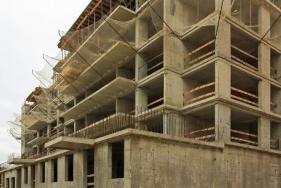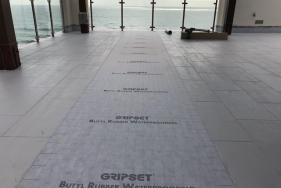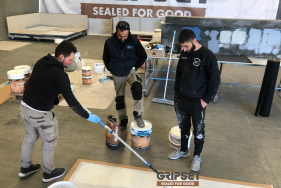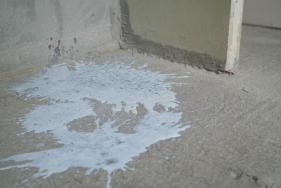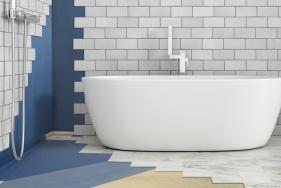Why Everybody in the Building Industry should Understand Waterproofing
How is it that we are in 2021, and within the construction industry there are still many professionals unsure of what waterproofing is, and where it should go? Some understand the types of surfaces it should be applied to. For example, roofs, basement walls, planters, wet areas, podiums etc. But what percentage know where it fits into the scheme of the building package.
There is major awareness amongst most building professionals of the NEED for waterproofing and a lot of emphasis on the importance of having a guaranteed system installed correctly by professionals. But is there value in using best practices and products that comply with Australian standards?
Last month, Gripset was invited to meet with the senior management
team of one of the largest construction companies in Australia. The reason for
the meeting was a significantly sized CBD apartment project, where they were using
one of the Gripset systems to ensure a 15-year warranty for their multi-storey
construction. They had flown in their senior design manager to assess the
products, performance data, and process before authorising the use of the
product. The senior design manager has the final say in any waterproofing used
in their construction. This demonstrates that we have moved forward in this
area, as 10 years ago, construction companies were not going to this extent in
the waterproofing approval process.
However, Gripset Industries has found that this experience is a rare process in the national building industry. A major hospital project was recently seen within our technical department. The job included a substantial amount of waterproofing works specified for the project, however, in all documentation none of the waterproofing was listed under its own “Waterproofing” heading. All the internal and external wet area waterproofing works were bundled into the tilers’ package; all the waterproofing required for podium planter boxes and garden beds was bundled into the landscapers’ package; the underground retaining wall waterproofing was bundled into the bricklayers’ package; and the roof membrane had been bundled into the concreters’ package. If you were to add the value of these waterproofing works up for the total package, the sums were greater than two million dollars, yet somehow seemed to get slipped into areas for other trades - who will likely outsource via waterproofing professionals to carry out the work.
In 2018, the market size of waterproofing membranes in Australia and the
Asia Pacific region was upwards of AUD$2.3 billion and growing. A recent report
forecasted the global waterproofing membrane market to have a value of AUD$18
billion by 2026, with the Asia Pacific representing almost 40% of that share. With
Australia’s population growth forecast of 35.9 million by 2050, construction is
going to keep increasing and the waterproofing market will trend the same way.
Considering statistics such as water damage being the second largest
building cost in the country, only after pest/termite problems – waterproofing
should be recognised as a standalone category. If we value the role
waterproofing plays in construction, then we are well past the due date for
waterproofing to be placed into its own basket, instead of it being treated
like a basket case.
Share:

